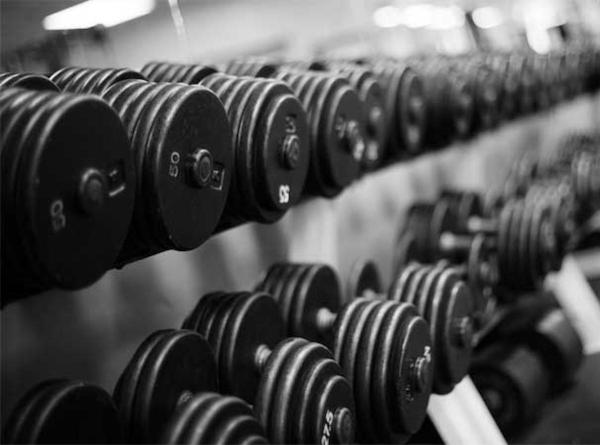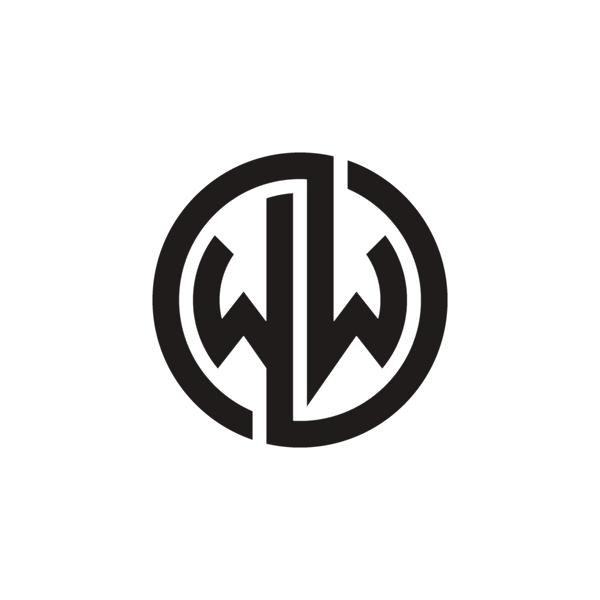
What Weights Should I Lift?
Share
One of the most common questions I get from people who are complete beginners to the gym is, ‘What weight should I lift?’
During a gym induction someone will be shown how to use a machine, however without being shown how to effectively select the weight, the exercises they have been shown may turn out to be ineffective. So today’s blog will be a simple guide to rep ranges, tempo, weight selection and how to progress.
Firstly lets look at some common rep ranges and take a look at what they do;
Lifting weights in the rep range of 1-6
This rep range should lead to strength gains. You should get stronger without gaining too much additional size.
Lifting in the rep range 8-12
This is seen by many as the ideal rep range for building size. It’s in the middle of rep ranges for strength(3-6), and muscular endurance(15+), and you will need to train in both these rep ranges to gain size. 8-12 is the best of both worlds and if you can get stronger in this rep range, it should lead to muscle growth(as long as you are in a calorie surplus).
Lifting in the rep range 15+
This will lead to muscular endurance, and is best for people in training for any kind of endurance. Some bodybuilders would also choose to train in this rep range, but remember, these guys are usually on a calorie surplus.
Weight selection
Now, it’s all well and good talking about what training in each rep range does, however the weight selection is critical. The workouts have to be hard to stimulate any change. You stimulate the change in the gym, you feed the change out of the gym.
You should select the weight where the exercise becomes physically impossible by the end of the set, not just hard, but should feel like its becoming impossible to do more on the last rep or what would be the next.
For example, if I am training in the rep range of 8-12 I should select a weight where the exercise becomes physically impossible between the 8th and 12th rep. If I can’t get to 8 reps, then the weight is too heavy. If i can do more than 12 then the weight is too light.
This will be trial and error to begin, and this is why it is so important to record everything you do in the gym. You won’t remember every weight you lifted so you should write it down and write down how many reps you got on each set beside it.
Tempo
You should control the weight both on the lifting and lowering phase, rather than using momentum and gravity to move the weight, focus on contracting your muscle against the weight throughout the movement.
Progression
Another mistake people make is that they come to the gym and do the same exercises every day and lift the same weight every day. If you do this eventually your body will get comfortable, and if that happens, then your body has absolutely no reason to change. If it doesn’t challenge you, it doesn’t change you.
If you are coming to the gym regularly you will get stronger, so by general rule of thumb for a beginner, if you are able to complete your sets and reps that day with perfect form, then next time you come to the gym, increase the weight on the exercise by 2.5kg the next time. If you are able to complete your sets and reps 4 weeks in a row, you will be lifting 10kg heavier than you were the month before and this is not uncommon.
Implementing for weight loss or muscle building.
This is where things get much more complicated but to keep it simple remember this. If you are trying to lose weight, you are trying to create a calorie deficit, so you may want to train in the rep range 15 throwing 2 exercises together etc as you are likely to burn more calories.
Vice versa for building muscle. You will need to be in a calorie surplus so whichever rep range you choose, be sure to follow a nutrition plan that matches what you are doing.
As always, if you enjoyed this blog or would like to know more or arrange a chat regarding personal training or online plans, feel free to e-mail me on williamwyliept@gmail.com
